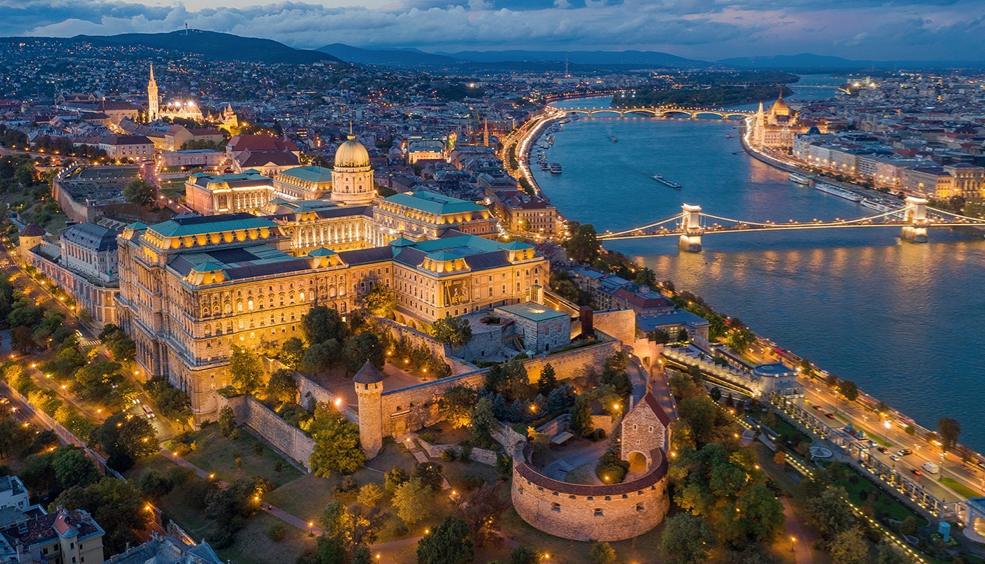In Ferrari Heaven
In the Emilia-Romagna region, only about 50 km from Bologna, are the Galleria Ferrari in Maranello and the Museo Enzo Ferrari in Modena, both genuine paradises for people who love fast and beautiful cars.
The Galleria Ferrari is in Maranello because that’s the city in which Ferraris have been made since 1943. “Live the dream” is the slogan welcoming the visitor, and if Ferraris figure in his dreams, here he will find Ferraris of the past, present, and future, including the current Formula 1 racing car. Other museum pieces are the car that won the first Grand Prix in Rome, 1947, and the one in which Michael Schumacher won six Formula 1 titles, and the latest Ferraris to hit the track. Other attractions include Formula 1 simulators, two for adults and two for children, where visitors can learn how it feels to sit behind the wheel of one of these powerful machines on the racecourses of Monza, Silverstone, Iola, Nürburgring, and Mugello.
But true devotees will not want the miss the Enzo Ferrari Museum about 20 km distant in Modena, housed since last year in the building in which the Ferrari patriarch was born in 1898. Aside from the marvellous collection of cars, an outstanding feature of the museum is the adjacent building designed by the Czech architect Jan Kaplicky. In it you can watch a spectacular audiovisual show about the life and times of one of motor sport’s most celebrated figures.
You can buy a ticket giving admission to both museums, which are linked by a railroad and bus service.
And while you’re in Modena, you should consider trying one of the magnificent restaurants in a city famous the world over for its cuisine.
The fastest way to get there? Book your Vueling ticket today!
more info
Stockholm: city open to the sea
The Stockholm Vasa Museum could be a good metaphor of what has happened today in Spain: a country that is sinking as a result of having failed to take care of what matters, how to sustain itself. The Vasa warship did not even manage to make it out of port. Loaded with 700 sculptures, 64 canons, 300 soldiers and 130 sailors prepared for their first voyage to dominate the Baltic Sea on 10 August, 1628. And it wasn’t even necessary to fire one shot at them, not even cross paths. The wind battered its sails just a few metres from the port and it slowly began to sink in full sight of the people and King Gustavus Adolphus II who had commissioned its construction. 333 years later, she was found intact submerged in the mud, still blushing from the insults of all the enemies of Sweden and the anger it arose in the Royal Family. She now rests in the same place as from where she started out, in the port of Smörland, and is the only conserved warship from the 17th Century and the perfect excuse to get to know the Scandinavian capital. In Piedra de Toque we take a trip to Stockholm to discover the other face of different European capitals with My Vueling City.
Stockholm is a city divided into thirds: one third fresh-water, one third sea and another third city. Made up of 14 islands it has more than 100 museums and among these is the highlight, the Vasa: constructed to dominate the Baltic and sunk beneath its own weight the same day as its launch.
Image: Holger.Ellgaard
By Iñaki Makazaga from Piedra de Toque
So you feel like visiting Stockholm, do you? Book your flights here!
4 ROMANTIC DESTINATIONS TO SWEEP YOUR PARTNER OFF THEIR FEET
Whether to celebrate Valentine's Day or an anniversary, or simply to give your partner an amazing gift, here are some ideas for a romantic getaway.
more infoFIVE OFFBEAT WEEKEND DESTINATIONS (FOR SOMETHING DIFFERENT)
Looking for a different kind of destination to get away? Keen to discover somewhere new? Pack your bag and head to these cities which you've probably never visited.
more info




